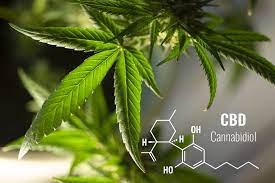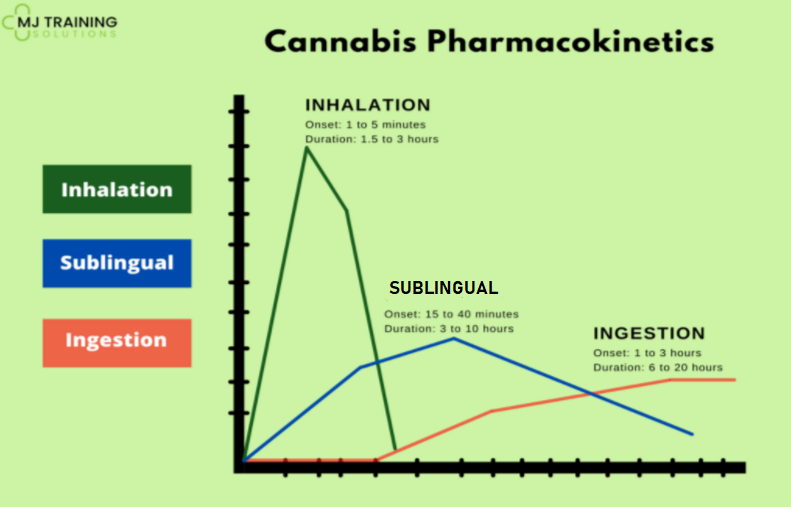Addiction and Medical Cannabis
In the past, Cannabis has been demonized and incorrectly called a gateway drug. Although more research is needed, there is mounting evidence that cannabis can serve a role in safely and effectively treating addiction to dangerous drugs.
Millions of people suffer from substance abuse in the United States. Over 1.8 million people are addicted to prescription painkillers with another 400,000 addicted to Heroin. In addition, nearly half a million people are addicted to Benzodiazepines, not to mention the tens of millions addicted to alcohol and tobacco. Cannabis can make a difference in the fight against substance addiction.
Watch our Video on Addiction and Medical Cannabis to Learn More!
Addiction: Know the Components of Cannabis
Cannabis contains chemicals called cannabinoids that interact with the human body’s natural endocannabinoid system. Cannabidiol (CBD) and Tetrahydrocannabinol (THC) are considered the major cannabinoids. There is a history of scientific literature looking at CBD and addiction.
An early study from 1975, reported a synergistic effect between THC and CBD in reducing morphine withdrawal symptoms in rodents.
In 2009, an animal study was published in the Journal of Neuroscience, which demonstrated CBD’s ability to inhibit heroin seeking behavior for up to 2 weeks. This research group found that CBD reversed damage caused by heroin to the glutamate transmitter system and cannabinoid receptors, while activating the serotonin system.
In a 2013 human study, CBD reduced the number of cigarettes consumed by approximately 40%.
Terpenes
Another class of chemicals found in Cannabis are the terpenes. Terpenes contribute to the flavor and aroma of cannabis, and some terpenes do provide medical benefits. It was reported In 1993 study, Beta-Caryophyllene, which is a terpene found both in cannabis and black pepper, demonstrated the ability to reduce smoking withdrawal symptoms.
Categories of Cannabis Strains
In most dispensaries, cannabis strains are generally separated into 3 categories: Sativa, Hybrid, and Indica. Typically, the Indica strains are going to be more sedating than strains in the other categories. Indica strains were originally shorter and bushy plants with broad leaves, and they were found in the mountainous regions of India, Pakistan, and Afghanistan. Strains classified as Indica are more calming, soothing, and sedating.
Choosing Dosage Forms
The different dosage forms of Cannabis have different onsets, delays, and durations. Combining dosage forms can be more effective.
Medical cannabis comes in several types of dosage forms. Fast acting products, such as the inhaled forms of Cannabis, seem to work best for helping with breakthrough withdrawal symptoms.
Longer acting products are best used daily for general symptom relief. As you can see in the graph, the inhaled form of Cannabis has a quick onset, but it only lasts 1.5 to 2 hours. A longer acting product, such as a capsule or tincture, can help patients with underlying symptoms of addiction.
It is always recommended to start at lower doses and to slowly increase to find the optimal cannabis dose.






